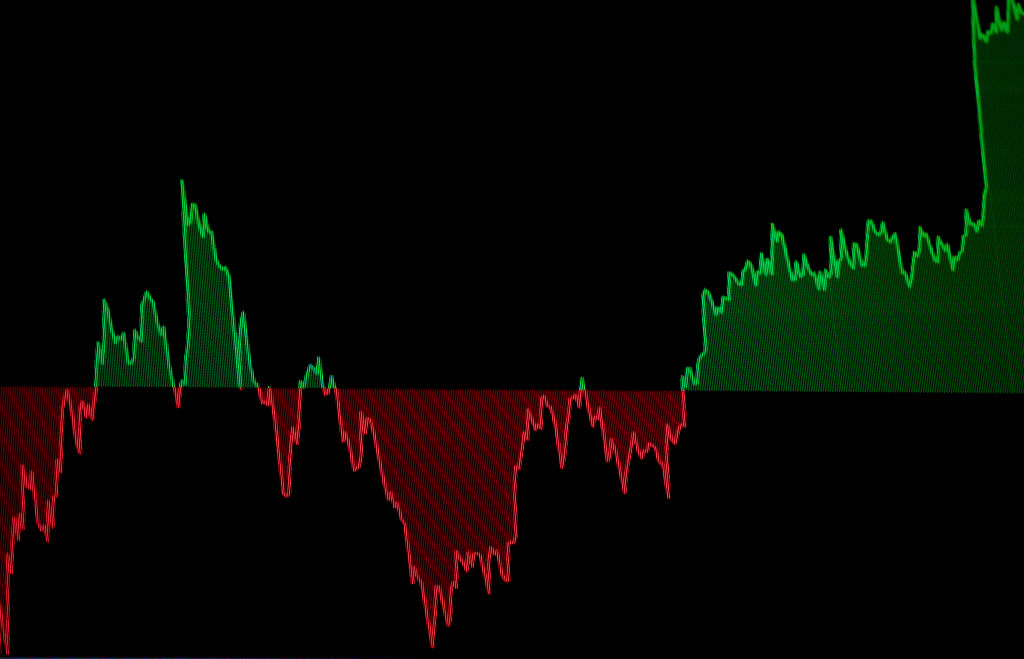Fidelity New Millennium Hits a Rough Patch
The manager of this Kiplinger 25 fund is betting that the moves that hurt performance over the past year will soon be helping.

It has been a tough year for Fidelity New Millennium (symbol FMILX). Over that period, the fund, a member of the Kiplinger 25, has lost 10.2%, lagging Standard & Poor’s 500-stock index by 5.0 percentage points. It trailed the average large-company growth fund 4.3 percentage points. (Returns are through January 27.)
What’s the problem? Actually, there are three: too many energy stocks, too many small- and midsize-company stocks, and not enough FANGs—the acronym for Facebook (FB), Amazon.com (AMZN), Netflix (NFLX) and Google, which now goes by the moniker Alphabet (GOOGL). These four high-tech behemoths led the market in 2015.
Manager John Roth started to boost his energy stock holdings after the sector began to tumble, along with oil prices, in mid 2014. At last report, the fund had 12% of its assets in energy stocks, a figure that was fairly constant throughout 2015 and today is double the weight of energy stocks in the S&P 500. But the turnaround that Roth expected didn’t materialize, and energy stocks and oil prices continued to fall, at least until recently.
From just $107.88 $24.99 for Kiplinger Personal Finance
Be a smarter, better informed investor.

Sign up for Kiplinger’s Free Newsletters
Profit and prosper with the best of expert advice on investing, taxes, retirement, personal finance and more - straight to your e-mail.
Profit and prosper with the best of expert advice - straight to your e-mail.
Roth picked up shares of two oil producers, Denbury Resources (DNR) and Legacy Reserves (LGCY), that have each plunged more than 70% and now trade at penny-stock levels. “I guess in hindsight, I could have taken my time inching into it,” Roth says. But he says he’s convinced that oil prices and energy stocks are at or near a bottom, and he has continued to buy energy stocks as the shares have fallen. “There may be more downdrafts, but a lot of bad news is now reflected in stock prices,” he says. “We have an opportunity that comes along once in a decade.”
Denbury and Legacy are small-capitalization stocks, which brings us to New Millennium’s second problem. Roth is free to invest in companies of any size—and he does. More than one-third of the fund’s assets sit in micro-cap, small-cap and mid-cap stocks. That was a drag on the fund’s performance in 2015 because, on the whole, the smaller the company, the worse the performance.
On the other end of the size spectrum, New Millennium failed to bulk up on the FANGs. Although Roth owned shares of Facebook for much of 2015, he didn’t buy Google/Alphabet until November. (At last report, Alphabet and Facebook each represented 2% of New Millennium’s assets). And he didn’t hold Amazon.com or Netflix at all.
Although Morningstar considers New Millennium to be a growth fund, Roth is a bit of a contrarian and says his portfolio tilts more toward value stocks nowadays. “We’re seven years into a bull market,” he says. “Taking valuation risk in the bull market for growth stocks at this time is risky.”
Despite the recent bout of underperformance, Roth’s long-term record remains solid. Since he took over management of New Millennium in July 2006, the fund has returned 6.7% annualized, beating the S&P 500 by an average of 0.4 percentage point per year.
But the fund’s recent woes do raise a question about the wisdom of our decision to replace Fidelity Contrafund with New Millennium in early 2014. We did so because of our concern that Contra (FCNTX), managed by the estimable Will Danoff, had become too large, with an asset base at that point of $114 billion. New Millennium held just $3 billion then, the same as it does today, while Contra now holds $110 billion.
But the switch hasn’t paid dividends…yet. Contra, benefiting last year from having Facebook, Google and Amazon.com among its top 10 holdings, has returned a cumulative 2.3% since we made our recommendation, while New Millennium has lost 10.9%.
We understand if you’re frustrated with New Millennium’s performance. But is it time to sell? Not yet. We think Roth is right and that eventually his contrarian bets will pay off handsomely. Morningstar analyst Katie Rushkewicz Reichart agrees, saying that while the fund “is in the midst of a rough patch,” it shouldn’t be counted out. Roth’s experience, plus the likelihood that the market will eventually turn against the higher fliers (if it hasn’t already) and turn toward the unloved, should eventually accrue to the benefit of New Millennium’s shareholders.
See Also: The 7 Best Bond Funds for 2016
Profit and prosper with the best of Kiplinger's advice on investing, taxes, retirement, personal finance and much more. Delivered daily. Enter your email in the box and click Sign Me Up.

Nellie joined Kiplinger in August 2011 after a seven-year stint in Hong Kong. There, she worked for the Wall Street Journal Asia, where as lifestyle editor, she launched and edited Scene Asia, an online guide to food, wine, entertainment and the arts in Asia. Prior to that, she was an editor at Weekend Journal, the Friday lifestyle section of the Wall Street Journal Asia. Kiplinger isn't Nellie's first foray into personal finance: She has also worked at SmartMoney (rising from fact-checker to senior writer), and she was a senior editor at Money.
-
 When an Extended Car Warranty is Worth It — and When it's Not
When an Extended Car Warranty is Worth It — and When it's NotGot the "we're trying to reach you about your car's extended warranty" call? Here's what you need to know before buying.
-
 Dow Climbs 327 Points, Crosses 48,000: Stock Market Today
Dow Climbs 327 Points, Crosses 48,000: Stock Market TodayMarkets are pricing the end of the longest government shutdown in history – and another solid set of quarterly earnings.
-
 The Kiplinger 25: Our Favorite No-Load Mutual Funds
The Kiplinger 25: Our Favorite No-Load Mutual FundsThe Kiplinger 25 The Kiplinger 25 is a list of our top no-load mutual funds that have proven capable of weathering any storm.
-
 The 5 Best Actively Managed Fidelity Funds to Buy and Hold
The 5 Best Actively Managed Fidelity Funds to Buy and Holdmutual funds Sometimes it's best to leave the driving to the pros – and these actively managed Fidelity funds do just that, at low costs to boot.
-
 The 12 Best Bear Market ETFs to Buy Now
The 12 Best Bear Market ETFs to Buy NowETFs Investors who are fearful about the more uncertainty in the new year can find plenty of protection among these bear market ETFs.
-
 Don't Give Up on the Eurozone
Don't Give Up on the Eurozonemutual funds As Europe’s economy (and stock markets) wobble, Janus Henderson European Focus Fund (HFETX) keeps its footing with a focus on large Europe-based multinationals.
-
 Vanguard Global ESG Select Stock Profits from ESG Leaders
Vanguard Global ESG Select Stock Profits from ESG Leadersmutual funds Vanguard Global ESG Select Stock (VEIGX) favors firms with high standards for their businesses.
-
 Kip ETF 20: What's In, What's Out and Why
Kip ETF 20: What's In, What's Out and WhyKip ETF 20 The broad market has taken a major hit so far in 2022, sparking some tactical changes to Kiplinger's lineup of the best low-cost ETFs.
-
 ETFs Are Now Mainstream. Here's Why They're So Appealing.
ETFs Are Now Mainstream. Here's Why They're So Appealing.Investing for Income ETFs offer investors broad diversification to their portfolios and at low costs to boot.
-
 Do You Have Gun Stocks in Your Funds?
Do You Have Gun Stocks in Your Funds?ESG Investors looking to make changes amid gun violence can easily divest from gun stocks ... though it's trickier if they own them through funds.